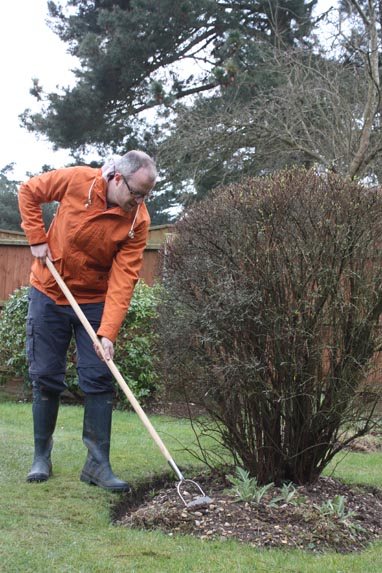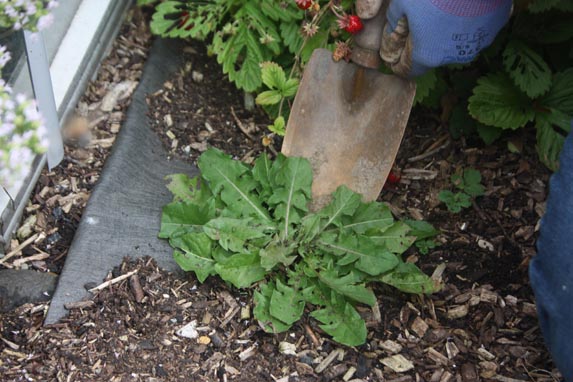Raking is gardeners’ most hated outdoor task – with Brits ranking it as a never-ending chore.
Over 500 gardeners were asked to identify the task they least looked forward to.

Behind raking came tidying-up the garden and trimming hedges, in second and third place respectively.
A spokesman for GardeningExpress.co.uk, which carried out the study, said: “It’s no surprise to see some of the more strenuous tasks coming near the top.
“Trimming hedges, digging and chopping down trees all require energy and stamina and can easily be among the tasks you put off. But once complete you feel good and the garden looks great.”
One survey respondent said: “I seem to spend endless autumn days raking. As soon as I think I’ve finished, more leaves seem to fall.”
GARDENERS’ TOP 10 MOST HATED TASKS
1. Raking leaves (21%)
2. Tidying (16%)
3. Trimming hedges (13%)
4. Digging (12%)
5. Pruning overgrown trees (11%)
6. Weeding (10%)
7. Pruning shrubs / plants (8%)
8. Cutting the grass (4%)
9. Planting (3%)
10. Watering (2%)
Resource: amateurgardening.com

 Allow weeds to mature in the joins between patio slabs or block paving and it can be a real problem to remove them by hand. With no room to dig out tap roots, perennial weeds will likely return soon after pulling off or scraping away top growth.
Allow weeds to mature in the joins between patio slabs or block paving and it can be a real problem to remove them by hand. With no room to dig out tap roots, perennial weeds will likely return soon after pulling off or scraping away top growth.








